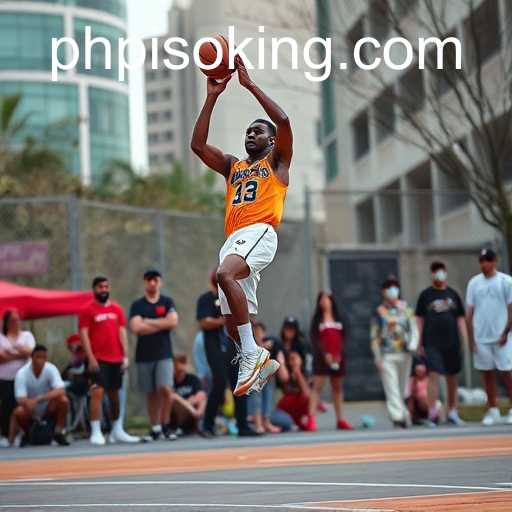The Evolution of Pisoking in Sports
Sports have always been an integral part of human culture, offering excitement, competition, and a sense of community. Among the various trends and phenomena in the sporting world, pisoking has emerged as a captivating topic. Although it might sound like a foreign concept to some, its roots and implications resonate deeply within sports culture.
What is Pisoking?
To understand pisoking, one must first dive into its origin. Pisoking is a term that encompasses a unique style or tactic employed in sports, characterized by elements of surprise and agility. This tactic, which has gained popularity in recent years, is not limited to one specific sport but can be observed in various arenas of athletic competition.
The Origins of Pisoking
The term pisoking may hold different meanings across cultures, but its introduction into sports vocabulary was observed in the 21st century. Its popularity stems from the need for athletes to outsmart competitors through innovative approaches and strategies. Pisoking embodies the creativity and unpredictability that have been hallmarks of great sports moments throughout history.
Pisoking in Team Sports
In team sports, where cooperation and strategy are paramount, pisoking has found a significant application. Picture a soccer game where a team unexpectedly shifts formation, flummoxing the opposition. Or consider a basketball match where a player executes a seemingly impossible trick shot that leaves the audience astonished. These are moments where pisoking shines, offering a glimpse of the extraordinary within the ordinary.
Football and the Art of Pisoking
Football, the world’s most popular sport, is replete with instances of pisoking. The unpredictable nature of football lends itself to innovative tactics and unexpected plays. Coaches and players have always looked for that new edge, whether through a novel formation or a daring solo run. Pisoking contributes to the thrill and heart-stopping moments that fans cherish.
Pisoking and Individual Sports
While team dynamics greatly benefit from pisoking, individual sports athletes similarly harness its power. In tennis, a player might employ an unexpected spin or change of pace, causing their opponent to misjudge and lose a crucial point. Similarly, in track and field, an athlete's sudden sprint finish can leave spectators in awe.
The Element of Surprise in Tennis
Tennis players, known for their psychological game as much as their physical prowess, employ pisoking as a psychological weapon. Anticipation and quick reflexes dominate the sport, and when players break the pattern of play that their opponent expects, they gain a significant upper hand. This approach not only surprises their opponent but also results in crowd-engaging moments.
Impact on Fans and the Audience
The impact of pisoking is not confined inside the lines of the playing field; it reverberates through the crowd and into the wider audience. Spectators become an integral part of the experience, sharing in the unexpected joy or shock of an audacious play. Pisoking embodies the spirit of sports – the unpredictability, excitement, and passion that draw fans from all walks of life.
Memorable Moments Engaging Fans
The electrifying moments where athletes employ pisoking are etched into the memory of fans for years. These moments often lead to viral content that spreads globally, enhancing the sport's reach and attraction. Sharing such instances on social media platforms helps to establish a deeper connection between athletes and their audience.
Conclusion
Though not traditionally included in official sports lexicons, the concept of pisoking has carved a niche across diverse sports disciplines. Its application offers fresh opportunities for athletes to innovate and capture the imagination of fans worldwide. The unpredictability that pisoking brings to sports ensures that even seasoned audiences continue to be captivated, illustrating how the landscape of sports continually evolves with new tactics and styles.
Visit Home







